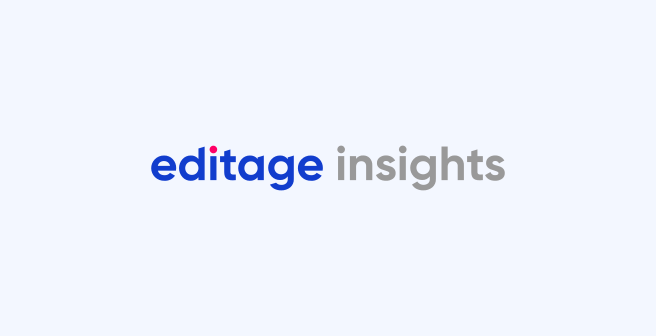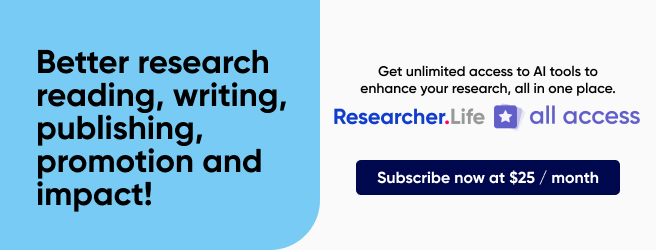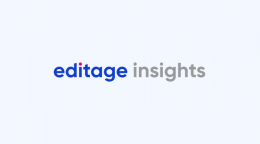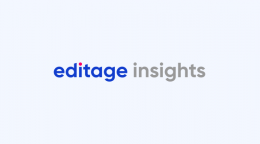How to identify and deal with conflicts of interest in research publication

While publishing a research paper in English, journals normally request the author to add a statement in the end: “the researcher claims no conflicts of interest.” This is the author’s declaration that guarantees objective and fair research. It implies the research results are not influenced by external factors or misconduct, such as the trade of financial incentives for positive results. If the research is funded by a corporation, the author should issue a public statement that the research is free of bias. This is a way of adhering to the code of conduct needed for academic publishing, while acknowledging the corporation’s contribution.
Let’s understand in greater detail what conflict of interest entails. A conflict of interest arises when the basic interest is influenced by a secondary interest that may harm professional judgment and objectives. Here, the basic interest refers to the main objective of the work, including employee benefit, patient health, academic honesty, and social responsibility, while the secondary interest covers not only financial benefit but also professional and personal gain. Conflict of interest related to financial benefit is easiest to identify because financial benefit is relatively traceable and easy to quantify. There is nothing wrong with researchers seeking secondary interest, for example, aspiring for a promotion or a higher salary when they publish a paper, provided the secondary interest does not override the basic interest.
In the medical research field, major conflicts of interest may arise between medical researchers and pharmaceutical or medical technology corporations, and one of the most common points of conflict is the corporation influencing the researcher to exaggerate the effects of a drug or treatment. To avoid these conflicts, researchers, publishers, funders, and supervisors should jointly fulfill their own responsibilities in the following ways:
Researchers: To ensure that research is conducted independently and with optimal value to science, authors are responsible for disclosing their financial relationship with a grant provider to their own research organization and the public, if necessary.
Publishers: To protect authors’ and reviewers’ rights, publishers are responsible for (a) selecting reviewers who do not have a conflict of interest with the authors, (b) protecting reviewers’ identity, and (c) maintaining a neutral and objective stand in the peer review process. The open peer review movement can pose a major challenge to these requirements.
Funders: Funders are responsible for respecting a researcher’s autonomy and independence and should not interfere with the research process itself. Funders also need to report the funding details to the researcher’s organization and disclose the same to public, if necessary.
Research supervisors: Research supervisors are responsible for looking out for any potential conflicts of interest between funders and researchers on a regular basis. Supervisors can request the funders and researchers to publicly disclose their conflicts of interest. Organizations should also have thorough relevant guidelines to prevent any misconduct that could happen due to any underlying conflicts of interest.
Published on: Jul 24, 2014
Comments
You're looking to give wings to your academic career and publication journey. We like that!
Why don't we give you complete access! Create a free account and get unlimited access to all resources & a vibrant researcher community.

Subscribe to Journal Submission & Peer Review












